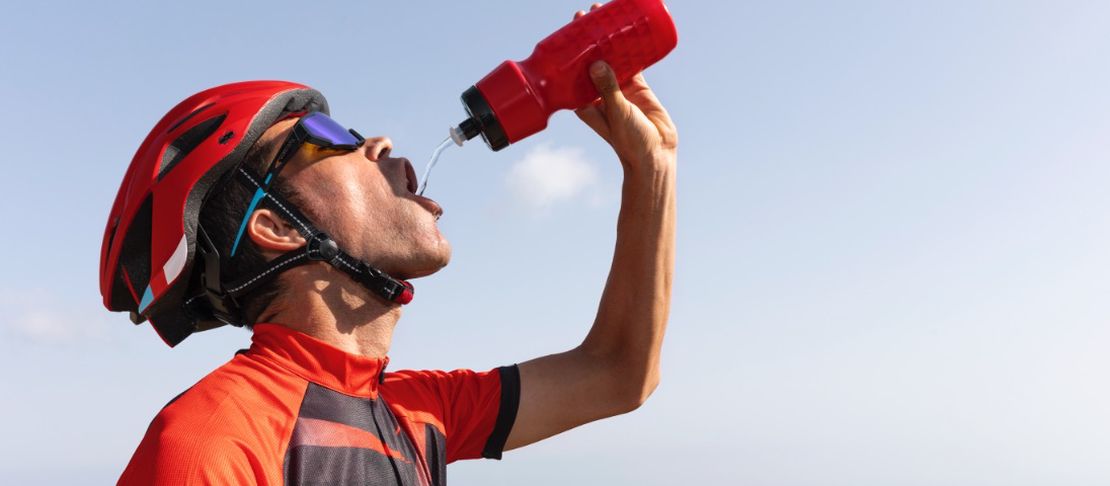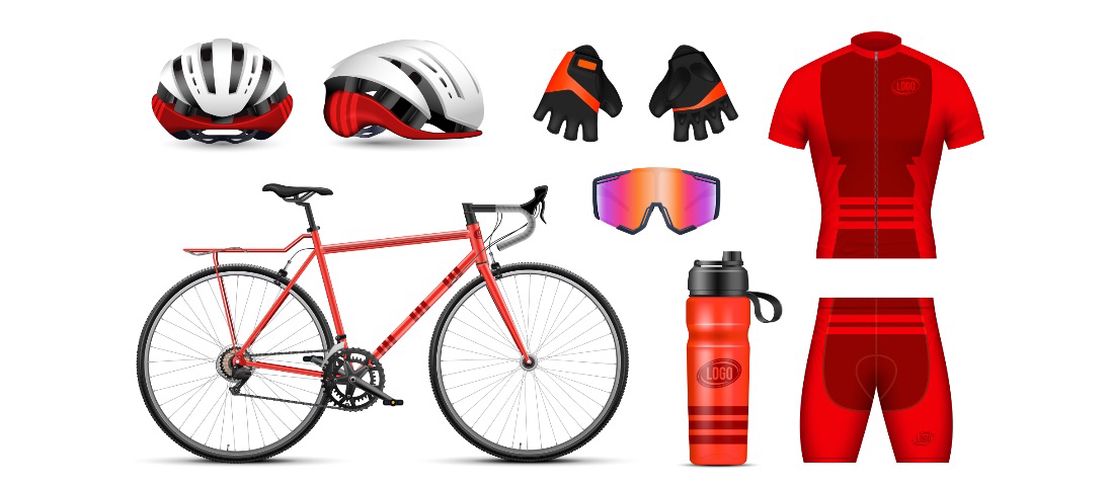
Cycling Nutrition Made Simple
- Axel Rivera
- Nutrition & fueling
- April 22, 2025
Let’s be honest—nutrition advice can feel like wading through a swamp of buzzwords, overpriced gels, and conflicting bro science. But here’s the thing: fueling your rides doesn’t need to be complicated or expensive. It just needs to work—in the real world, for real riders, with real appetites.
This post is about the fundamentals. No hype. No affiliate codes. Just what actually matters when you’re out there spinning your legs and chasing your goals—whether that’s a faster commute, a longer weekend ride, or simply not bonking before the coffee stop.
1. You’re a human, not a machine. Eat like one.
Cycling burns calories. Shocking, I know. But the trick isn’t to obsess over every gram of carb—it’s to understand what your body needs before, during, and after a ride.
- Before: Think slow-digesting carbs and a bit of protein. Oatmeal with a banana and some peanut butter is a classic for a reason.
- During: If your ride is under 90 minutes, water might be enough. Go longer and you’ll need to top off the tank—think easy carbs: bananas, dates, or yes, even a humble PB&J cut into quarters.
- After: Rebuild. That means protein (around 20g), some carbs to restock your glycogen, and fluids. A smoothie or eggs with toast? Perfect.
Let your hunger cues speak. You’re not weak if you’re hungry—you’re just an engine that needs fuel.
2. Hydration: Not just a summer thing
Most riders treat hydration like it’s only relevant in July. But staying topped up on fluids is always important. Dehydration, even mild, can zap your power output and mess with your recovery.
Pro tip: If your pee looks like apple juice, it’s time to drink up. If it’s crystal clear, maybe ease up a little. The goal is somewhere in the pale lemonade range. Sorry if that’s TMI, but hey—we’re being real here.
On long rides, add some electrolytes—especially if you’re sweating a lot. No need for neon-colored drinks unless you like them. A pinch of salt and a splash of juice in your bottle can do the trick.
3. Don’t get seduced by the gel aisle
Sports nutrition products can be convenient—but they’re not magic. A well-timed banana or handful of raisins can work just as well as a $3 gel. And no, you don’t need to carbo-load like you’re prepping for a Tour de France stage every Saturday group ride.
Here’s the secret: your pantry probably already has 80% of what you need. The fancy stuff is optional. Use it if it helps, not because you think it makes you a “real cyclist.”
4. Every body is different—yours included
There’s no one-size-fits-all nutrition plan. Some folks ride strong on toast and coffee. Others need a full breakfast and a snack every 45 minutes. The only way to know what works? Test it. On training rides, not race day.
And yes, that means trying different foods, adjusting timing, and maybe keeping a simple log if you’re into data. Your stomach is a critical part of your gear—train it just like your legs.
5. Recovery is when the gains actually happen
You don’t get stronger during the ride. You get stronger after it—if you give your body the right tools.
That means:
- Protein: To rebuild muscle
- Carbs: To refill your tank
- Sleep: The ultimate recovery tool
- Rest days: Not lazy. Smart.
You can’t outride poor recovery. And you shouldn’t try to.
Final Thoughts: Keep it simple. Stay consistent.
Cycling nutrition isn’t about perfection. It’s about showing up, fueling well, and listening to your body. Forget the trends and trust your experience.
Eat real food. Drink enough water. Recover like it matters. Repeat.
That’s it. That’s the secret sauce.
Ride well, eat well, and don’t let a nutrition myth keep you from enjoying the ride.
